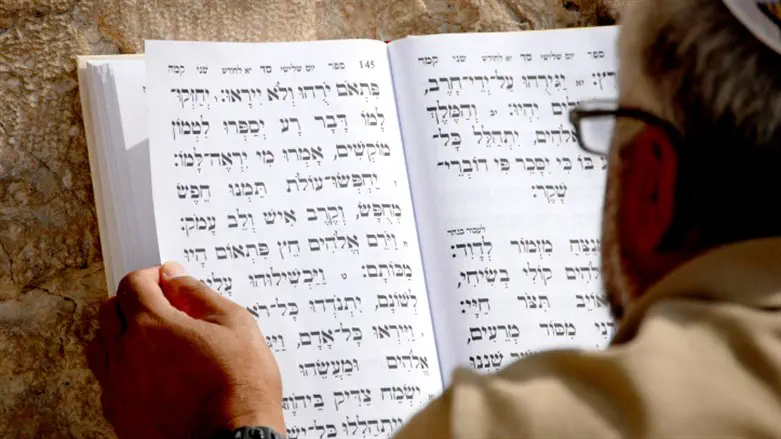
Pieces of wood and paper inscribed with Hebrew letters found during road work in Zuelpich, Germany in 2020 have been identified as fragments of prayer books belonging to Jews murdered in the Holocaust.
"It turned out that the fragments were originally in a wooden box. This was in a pit that had been dug directly into the ground and laid out with stones. When examining the fragments, it quickly became clear that there were different printed products with Hebrew characters and Gothic script," said the Office for Land Monument Preservation in the Rhineland in a statement.
The agency added: "The experts called in from the LVR Institute for Regional Studies and Regional History were able to identify these as Jewish prayer books. They are likely from the 1920s, which is suggested by paper and stapling with iron staples."
The fragments include morning, afternoon and evening prayers, as well as important prayers such as “Shma Yisrael,” the “Amidah” and various psalms, Zenger News reported.
The agency noted that “Shma Yisrael” is found in sections on several of the fragments.
"On the first fragment you can read the following words in German: ‘My words in ... characters above ... on your head ... when you ... stand ... when you ... write them …’ It is a Biblical text (Deuteronomy 6:4–9). Above the German text, part of Psalm 29 can be seen in Hebrew letters and below part of Psalm 95."
The agency explained that the discovery of the religious items was made in a deep hole dug during construction.
The relics were extremely fragile and saving them was a "laborious undertaking, because the paper had deformed into a pulpy mass and the individual sheets were difficult or impossible to separate."
An investigation discovered that there had originally been a house at the location. Researcher Rita Reibold of the Zuelpich City Archives said that Moritz Sommer, Jewish cattle merchant, had lived in the house with his family.
The house, which was destroyed near the end of World War II by a bomb, had been used by the Nazis starting in 1941 as a “Jewish House” – a house were Jews expelled from their own houses were made to live in overcrowded conditions.
"It is likely that the prayer books were buried in a wooden box by the Sommer family or one of the families also housed there, under the floorboards of a shed behind the house, in order to hide them there and protect them from third party access," the agency stated.
After the war ended, the areas was paved over, explaining how the prayer books ended up buried underneath the road.
A monument is now located on the site in memory of the Sommer family.
